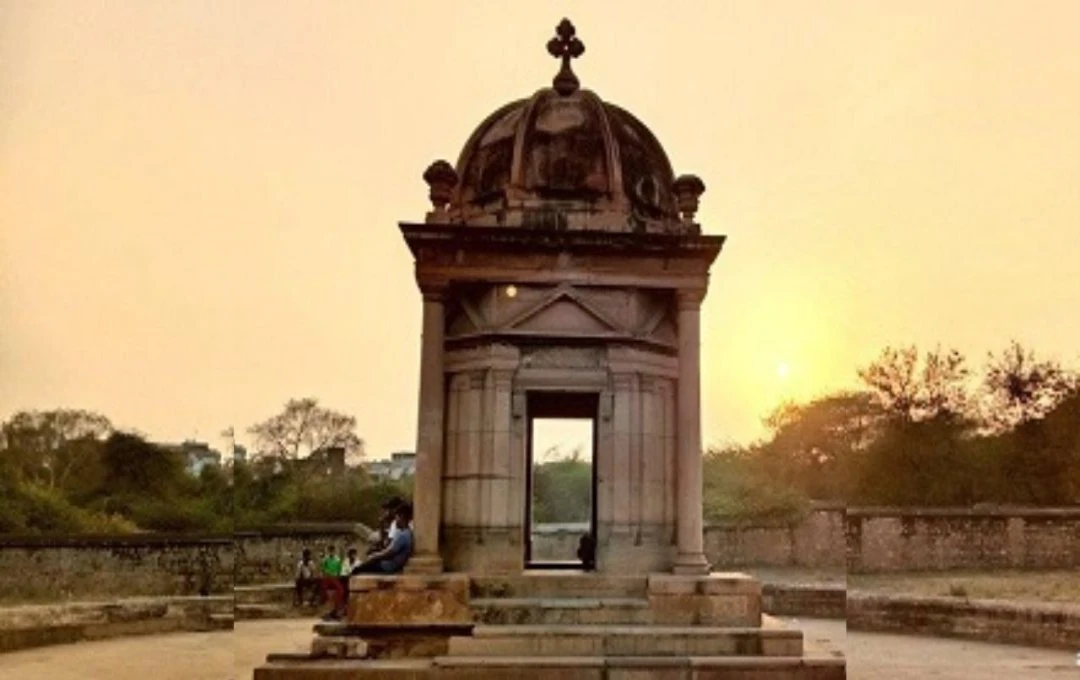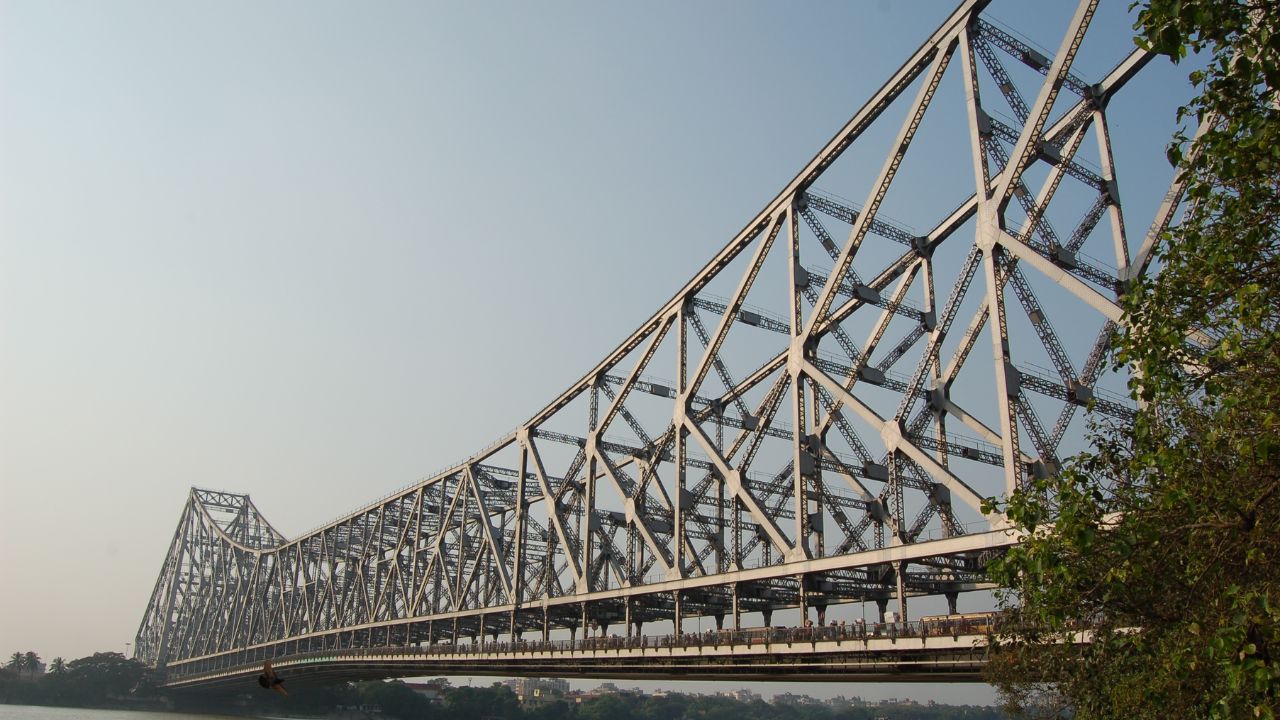Jhansi's Jhokan Bagh is often perceived today as a commonplace area used for vehicle repairs. However, its historical significance runs far deeper. It stands as a crucial witness to the events of the 1857 First War of Independence, a site of courageous conflict against the British. Following these events, the British government erected a memorial here, which remains visible to this day.
The 1857 Mutiny and Jhokan Bagh
Jhokan Bagh, inextricably linked to the 1857 Mutiny, holds immense historical importance. At the time, the British held control of the Jhansi fort. The rebellion, sparked by Mangal Pandey in Meerut, gained momentum as soldiers joined the cause, eventually reaching Jhansi Fort and seizing the British ammunition stores. Subsequently, under Rani Lakshmibai's leadership, the fort was captured.
Following this, the Rani ordered her soldiers to escort the elderly, women, and children of the British to safety. However, the discovery of the bodies of these British families in a well near Jhokan Bagh the following day became a subject of widespread discussion and controversy.

Rani Lakshmibai Punishes the Culprits
According to historian Ramnarayan Dehulya, this marked a crucial turning point in the 1857 rebellion. It was a devastating event for Rani Lakshmibai. Following this incident, the Rani ensured that all those involved in this heinous act faced punishment. Her order was clear: severe retribution would be meted out to any soldier responsible for such a crime, to deter future transgressions.
The Historical Significance of Jhokan Bagh
At one time, the memorial was surrounded by over 300 varieties of rose bushes, attracting visitors from far and wide. Jhokan Bagh is not merely a historical site; it serves as a vivid symbol of the Indian struggle for independence, where Indian soldiers, under the leadership of Rani Lakshmibai, fought valiantly.
Key Points

- The Historical Importance of Jhokan Bagh: Jhansi's Jhokan Bagh is a significant site from the 1857 First War of Independence, where courageous battles against the British took place. While currently known as a vehicle repair area, its historical importance remains profound. A memorial, built by the British government, continues to attract visitors.
- The 1857 Mutiny and Jhokan Bagh: This site is linked to the 1857 Mutiny, when Rani Lakshmibai reclaimed Jhansi Fort from the British. Following Mangal Pandey's rebellion, soldiers arrived in Jhansi, seizing the fort and the British ammunition stores. Rani Lakshmibai then ordered the safe passage of British families.
- The Bodies and the Controversial Incident: After Rani Lakshmibai's order, British families were removed from the fort and sent to safety; however, their bodies were found in a well near Jhokan Bagh the next day. This event became a subject of much discussion and caused Rani Lakshmibai deep anguish.
- Rani Lakshmibai Punishes the Guilty: The Rani ordered the severe punishment of the soldiers responsible for this incident to prevent similar heinous acts in the future. This demonstrates her leadership and commitment to justice.
- Jhokan Bagh's Memorial and Rose Bushes: The memorial was once surrounded by over 300 rose bushes, adding to its allure. The site continues to symbolize the Indian struggle for independence, where Indian soldiers, under Rani Lakshmibai's leadership, engaged in courageous conflict.














